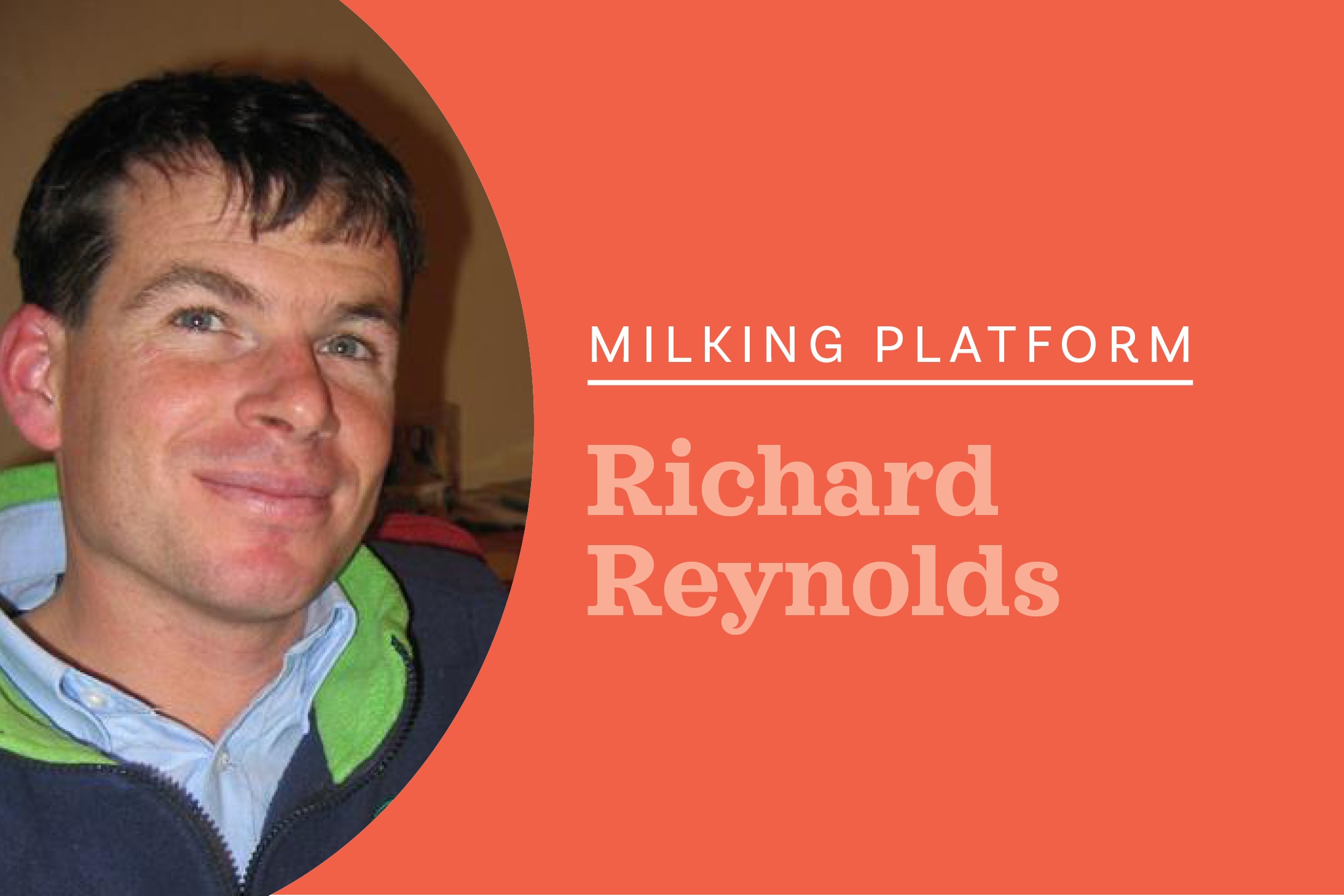Moving to a new farm just an hour away became a minor cat-astrophe. Alex Lond explains.
I’m sure that I was not the only farmer who breathed a sigh of relief as life in New Zealand returned to normal with a couple of weeks to prepare for Gypsy Day. Not that I had to try to move anything remotely difficult, such as machinery, livestock, or – perish the thought for the next few years – children!
When I first arrived in New Zealand, and for a good year afterwards, I could fit everything I owned into a 12kg backpack (bar my first dog, who would happily sit on top). Fast forward four years, and two utes and four trailer loads jam-packed full still didn’t quite cover it. In a way, I think (cue eye roll from experienced Gypsy Day readers) it is almost harder moving a smaller amount of stuff because you can’t quite justify removal trucks, but have too much paraphernalia to fit comfortably into your own vehicles. With chickens spilling out of the dogs kennels, a cat buried deep in the contents of my canopy (who to my dismay peed on every hard-to-clean fabric item she could find), and floor lamps and mirrors strapped precariously on top of furniture fully open to the elements, the hour-long journey to my new location certainly felt much longer.
I would like to say that I fitted right in on the North Island’s roads on the 31st May but, after stopping to rescue said cat after listening to her frightened meows for half the journey only to have her release the last of the contents of her bowels on my lap, I started to think that maybe everyone else was a little more prepared.
Although it really is not far down the road, I am now located in the Waikato rather than the Bay of Plenty and the hills are certainly reminding me of that every day. Fortunately, my new staff member is a local and is therefore far more capable than me at navigating break-fences down slippery what-I-call “cliff edges”, what he calls “rolling hills”.
The new farm is quite a different system to anywhere I have previously worked, with no winter crop or feed pad, and so the main challenge is proficient feed allocation with grass, PKE, balage, and hay through the winter and spring. The cows are mostly Friesians with a small number of crossbreds creeping into the mix and are all in superb condition, so the only task for me (echoing the words of a fellow columnist from last month’s Dairy Exporter) is to make sure they don’t get too fat prior to calving. It is half the size of my previous farm with less than half the staff members to manage, and I am embracing the opportunity to get to know all its quirks before things get busy. With July fast approaching I am very much looking forward to my first calving season here. Most importantly, last night the heavens finally opened with the most wonderful rain falling overnight, 45mm of soaking but not damaging, and 20mm so far today; and the cows didn’t even make a mess of their paddocks.
What a way to end the week. Long may it continue.






